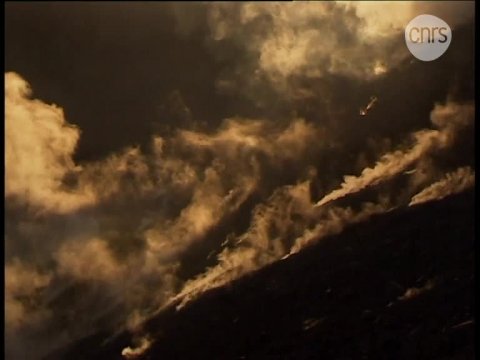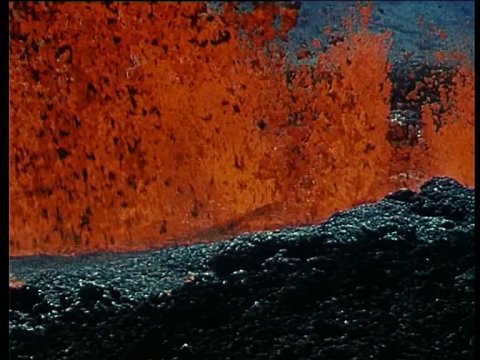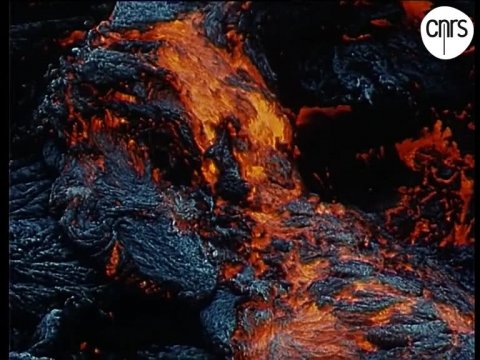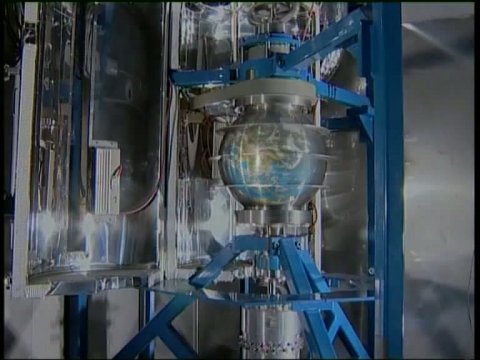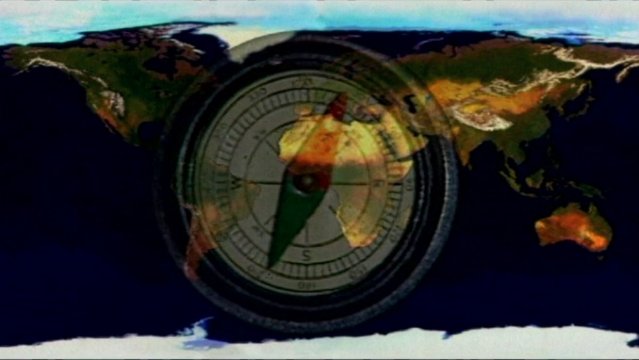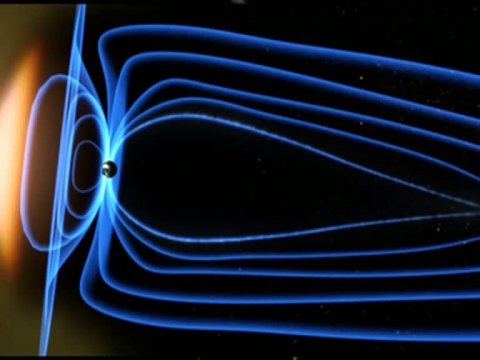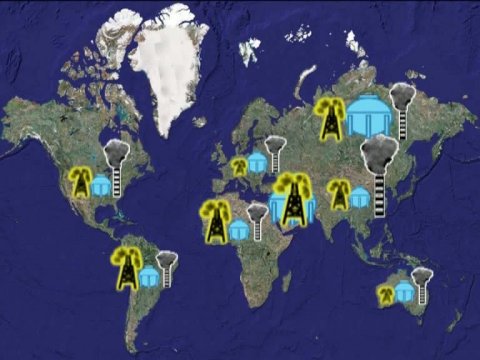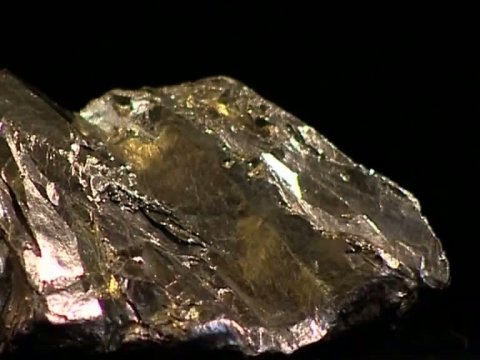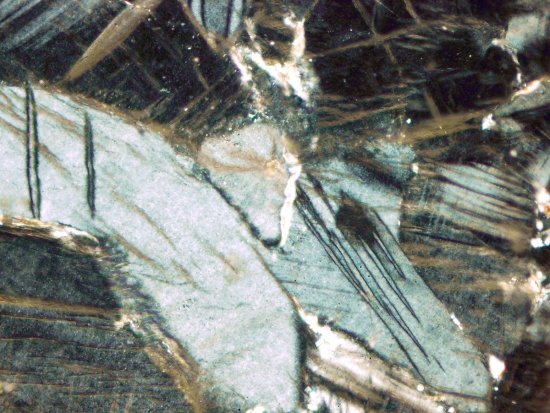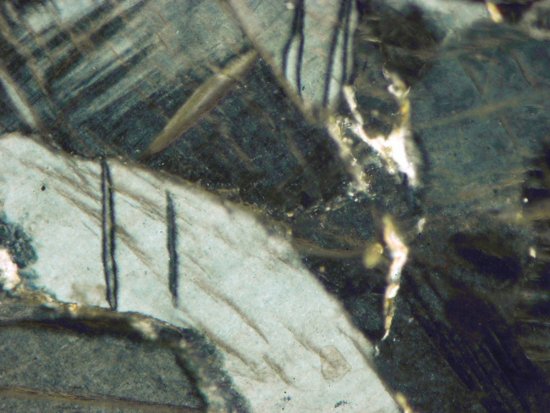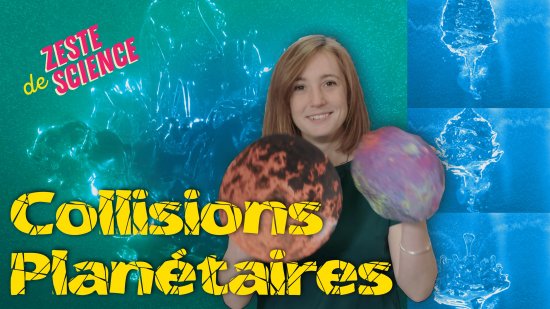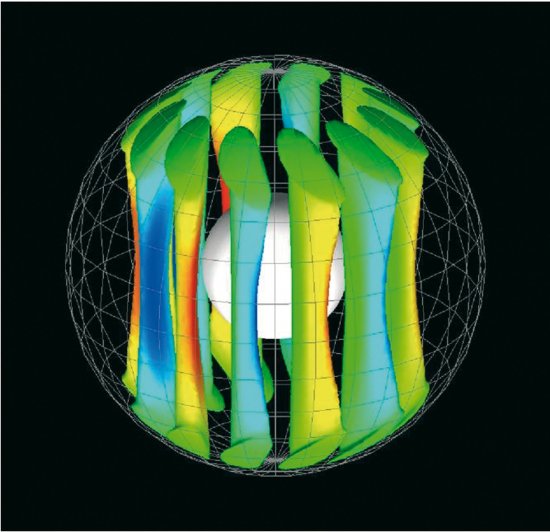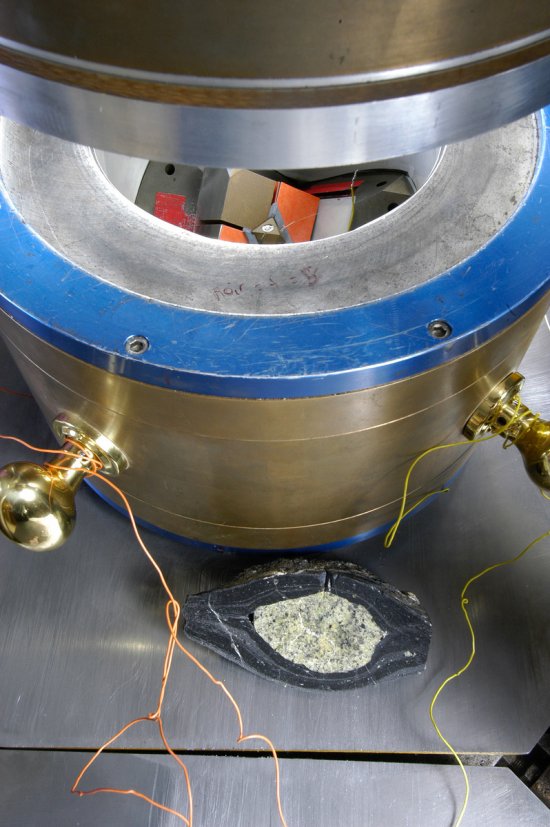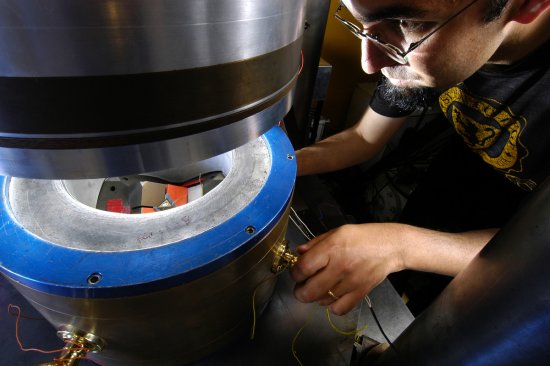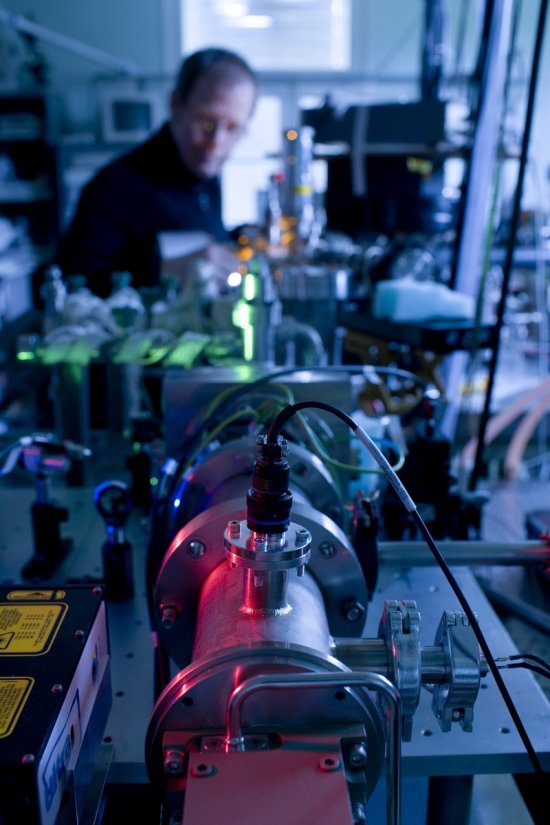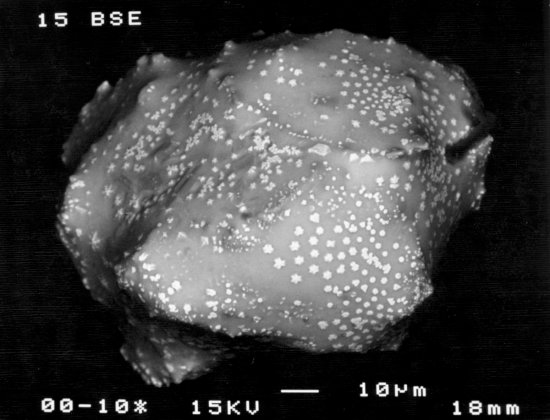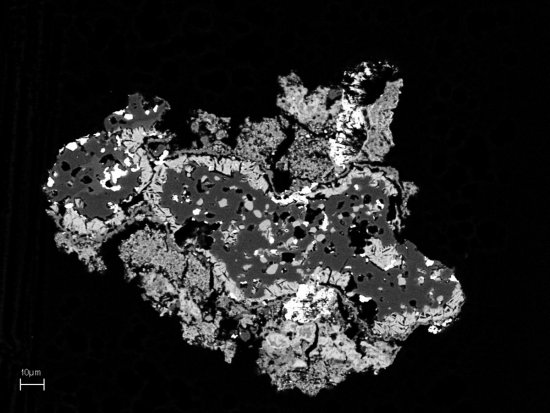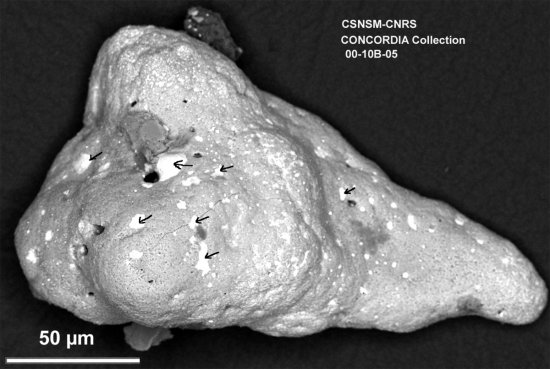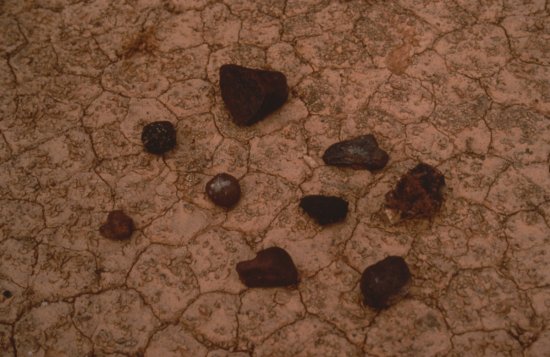© CNRS Images - 2008
Reference
3365
Why are Mars and Venus so different from the Earth?
Series title
Planet Earth Below the SurfaceWhile large, relatively young volcanoes can be found on Venus, those on Mars are very old. The Earth also has many volcanoes on its surface but its great originality, compared to its two direct neighbours, lies in plate tectonics. Why are Mars and Venus so geologically different? How can we explain why the red planet's magnetic field quickly went out? What were the consequences on its evolution?
Francis Albarède, a geochemist at the Earth Sciences Laboratory in Lyon, explains.
Duration
Production year
Définition
Color
Sound
Version(s)
The use of media visible on the CNRS Images Platform can be granted on request. Any reproduction or representation is forbidden without prior authorization from CNRS Images (except for resources under Creative Commons license).
No modification of an image may be made without the prior consent of CNRS Images.
No use of an image for advertising purposes or distribution to a third party may be made without the prior agreement of CNRS Images.
For more information, please consult our general conditions
